
Most earthquake injuries don’t come from collapsing buildings, they happen inside. Falling furniture, shattered glass, and blocked exits can all turn a “safe” space into a dangerous one.
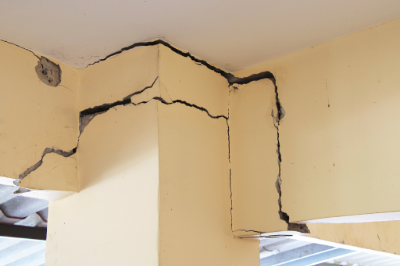
When people think of earthquake safety, the focus is often on whether a building will remain standing. Structural collapse is indeed the most catastrophic risk, but it is not the only one. In fact, even when buildings survive an earthquake with little to no visible damage, the inside can quickly turn into a dangerous environment. Understanding and addressing these indoor hazards is an essential part of earthquake preparedness.
During major earthquakes, many injuries and even fatalities are not caused by collapsing structures but by falling or shifting objects inside buildings. Bookshelves, televisions, kitchen appliances, ceiling lights, and even everyday items like flowerpots or picture frames can become dangerous projectiles.
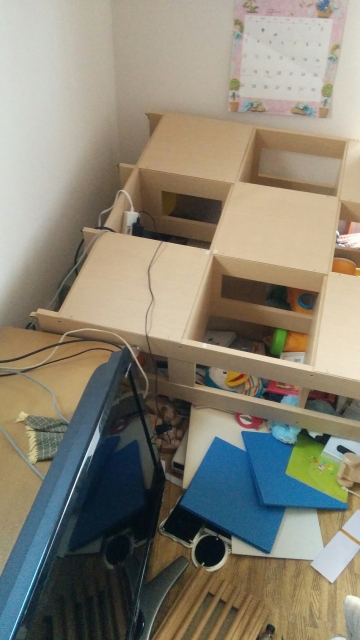
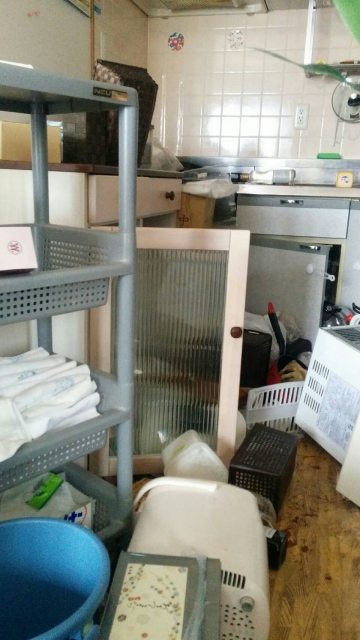
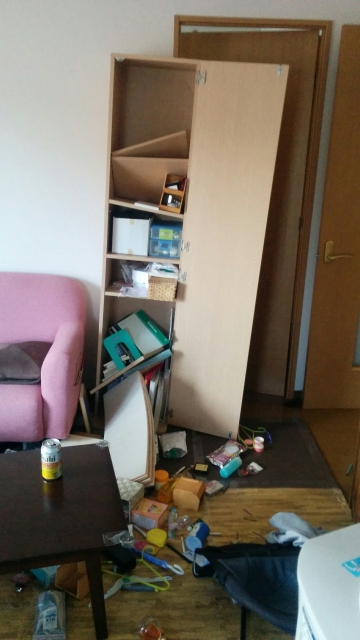
*The rooms damaged by the Kumamoto Earthquake.
Earthquake-resistant buildings are designed to prevent collapse, but they cannot stop items inside from toppling or breaking. This means that personal safety depends not only on construction strength but also on how we prepare our living and working spaces.
These cases remind us that even in a safe building, people may still be at risk.
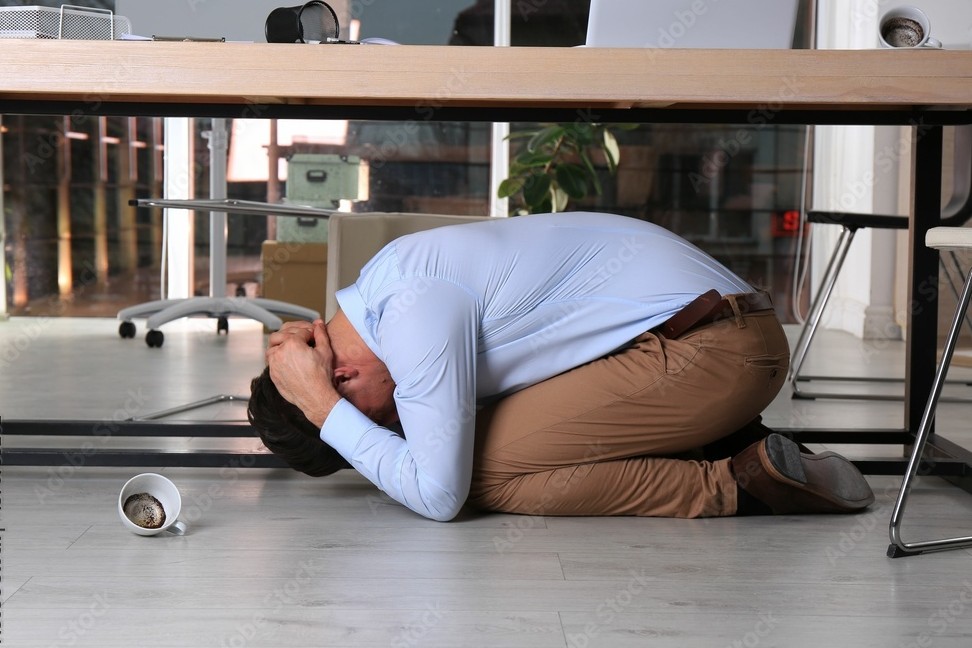
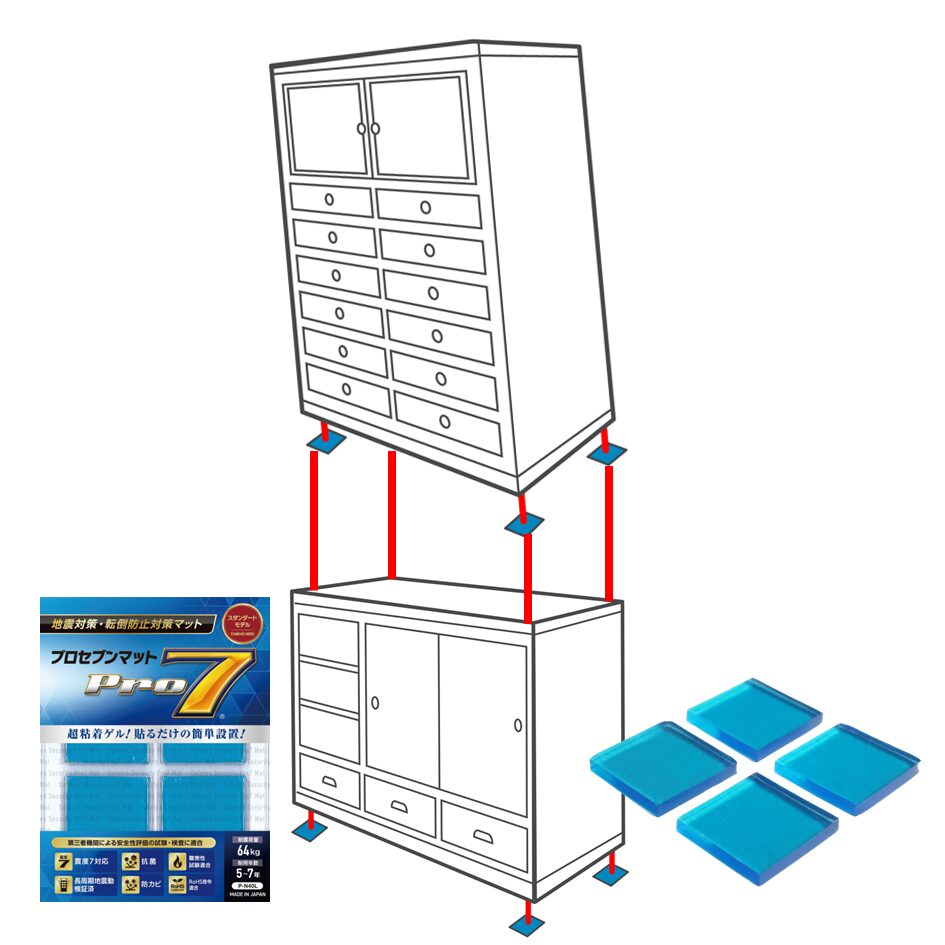
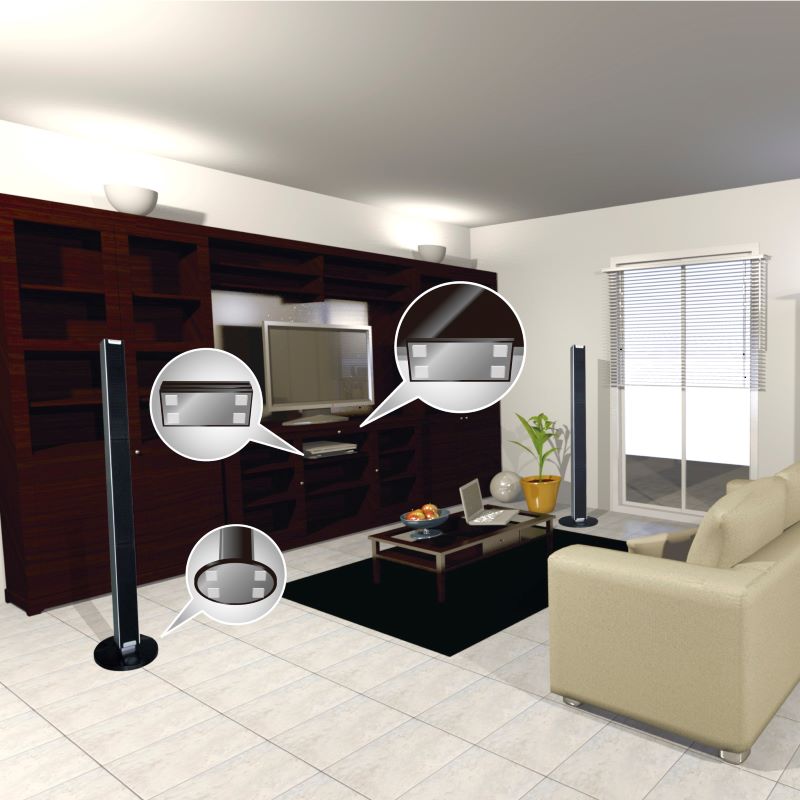

A Combined Approach to Earthquake Safety
True earthquake preparedness is twofold:
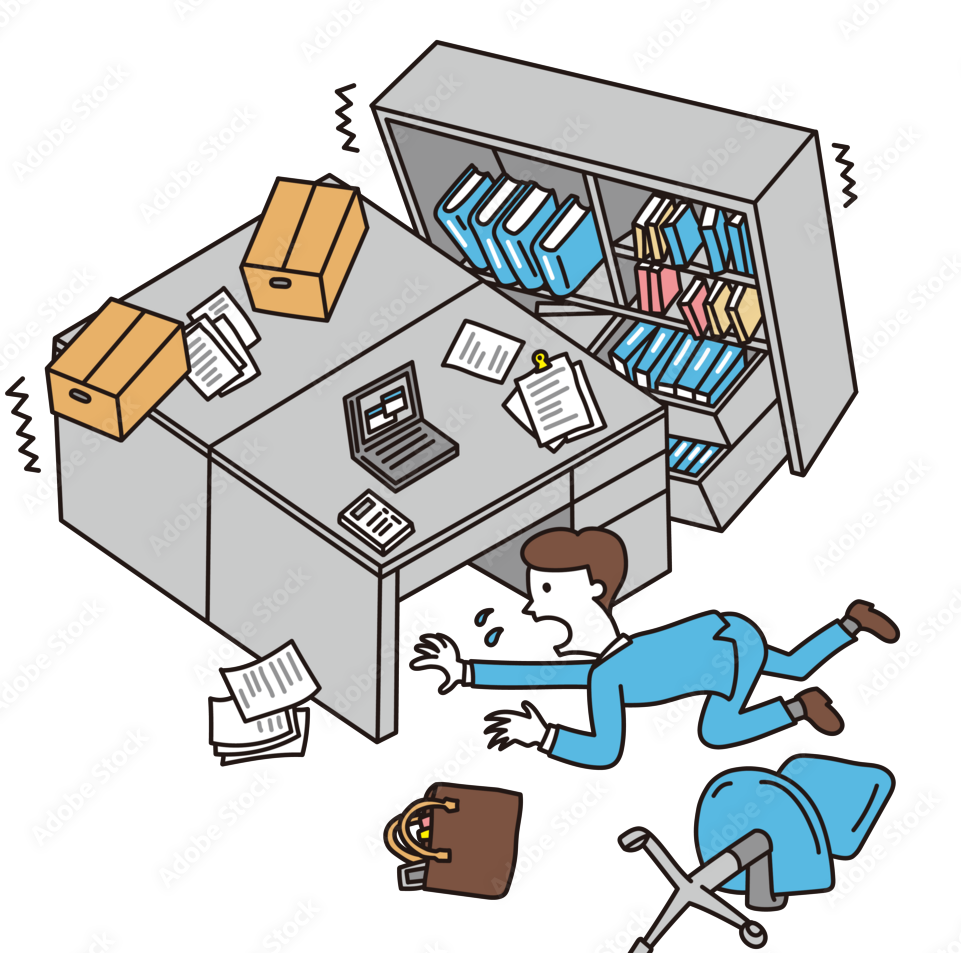
Only by combining these approaches can we ensure that surviving an earthquake does not depend on luck alone.
Earthquake safety is not just about strong buildings—it’s about safe interiors.
By recognizing the dangers posed by unsecured furniture, appliances, and objects, and by taking simple preventive steps, individuals, families, and communities can protect themselves from avoidable injuries.
